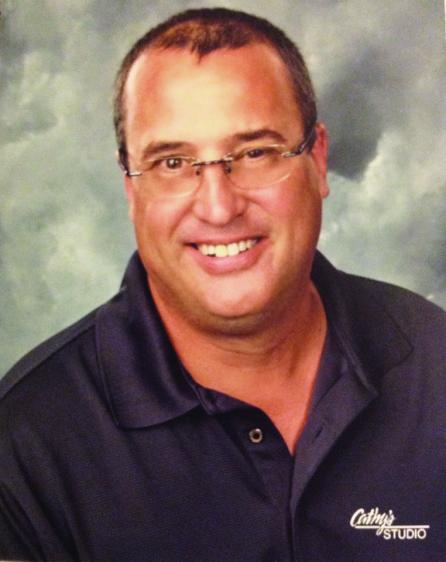ILSOYADVISOR POST
Agronomy: A Thinking Guide to the 2016 Soybean Crop: Part 2: Fertilizer
In Part 1 we looked at how to approach our herbicide program and seed selection, the two biggest costs to soybean production after land cost, since fertilizer is close to last or much lower on the list. This blog will focus on fertilizer.
I have heard growers state “I am going to cut fertilizer and seed treatment from my beans in 2016. That will help the bottom line.” That quote or ones similar have been common this fall as farmers have taken commodity prices multiplied by average yield to get a number that isn’t optimistic. Something has to give and it always seems like fertilizer and/or seed treatments get taken out of the mix. But let’s take a hard look at them before we cut them out completely.
The first questions are “What is your basis for cutting fertility? Do you have a soil test and is it current? What does it tell you? Do you have a fertility asset to use or a fertility deficient that may cost you yield?” You have no way of knowing unless you soil test.
With the soil test, areas of the field or farm that test high can be skipped and areas that test low and limit yield can be spread with Variable Rate Technology (VRT). You may still apply fertilizer at a cost savings if you know what you need and where. I recently worked with a famer who used soil testing and was able to cut his fertility cost by two thirds simply by soil testing and using VRT to apply lime, P and K. You can do the same.
If you have a soil test level that is high or above optimum levels for P and K then it makes sense in times of tight margins to use that asset. There is no reason to be spreading maintenance rates of P and K at $60-$70/acre if your soil test levels are above the optimum. That is a good reason to either reduce or cut out that application completely for the year.
However, if you are low or below optimum, then you not only could limit this crop's yield, but also the yield of crops to come. What about next year’s corn crop? If you are below optimum and you cut out all P and K for the beans, you will be even lower for the following corn crop.
I hear the phase “We will catch up next year.” That’s a good thought but rarely does it happen. You must stay on top of soil fertility to keep it from limiting yields—not only today—but in future crops.
Be smart, use a soil test to gauge fertility levels and use technology to place those dollars where they will do you the most good—for this coming crop and for crops in the years to follow.
Kelly is serving as the Illinois Soybean Association Double-Crop Specialist. He was raised on the family farm in Benton, Illinois and graduated from Southern Illinois University (SIU)-Carbondale with a BS in Agriculture Education and Mechanization, and a Master’s of Science (MS) in Plant and Soil Science. Kelly has spent 25 years as a soil fertility agronomist and precision agriculture consultant in southern Illinois while also spending 4 years as a Farm/Agronomy Manager and GIS Coordinator for a large farm in southeastern Illinois. He is a Certified Professional Agronomist and a Certified Crop Advisor.





Comments
Add new comment